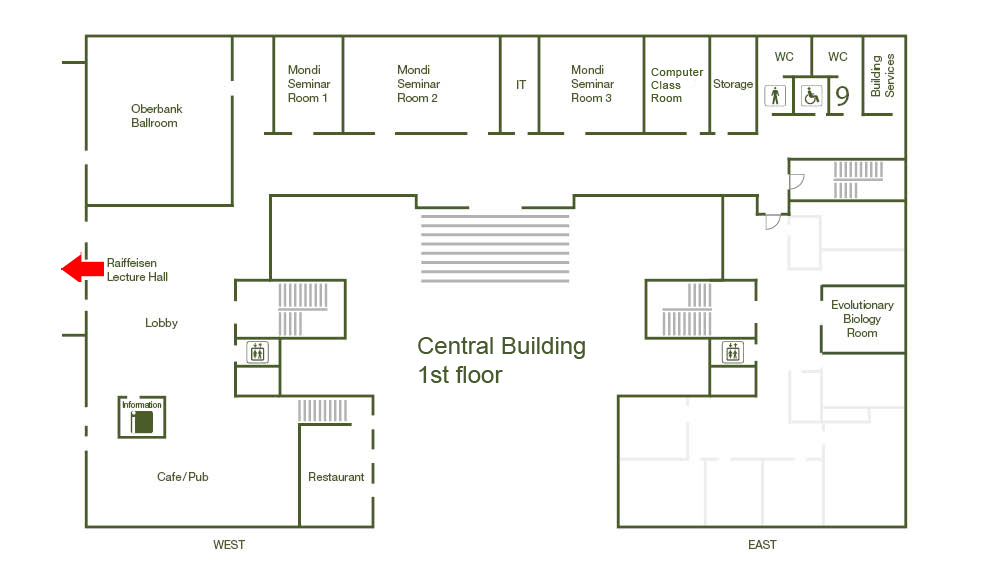Technology Transfer: From Astronomy to Medicine and Recycling

Abstract:
The MUSE 3D spectrograph has revolutionized astronomical research, it is the most requested astronomical instrument in the world. Some of that success is owed to the advances in the handling of such complex datasets. In particular, sky subtraction techniques developed over many years have been crucial in revealing very faint emission features of astronomical objects. In my talk, I will presents the efforts of our group in applying this research with a spare MUSE spectrograph to other areas of science. We outfitted the spectrograph with a lenslet array and pointed at organic matter or polymers instead of the sky. By hitting the probe with a blue laser, the probe emits very faint Raman emission lines, acting as a chemical fingerprint of the probe. We are able to subtract the overwhelming fluorescent emission with the previously developed sky-subtraction methods bringing out these faint features. The resulting 3D datacube can the be used in medicine application such as cancer detection, sorting out expired medicine, but also in recycling by separating certain valuable polymers from less valuable ones. I will show various examples of applications and future plans on this project.